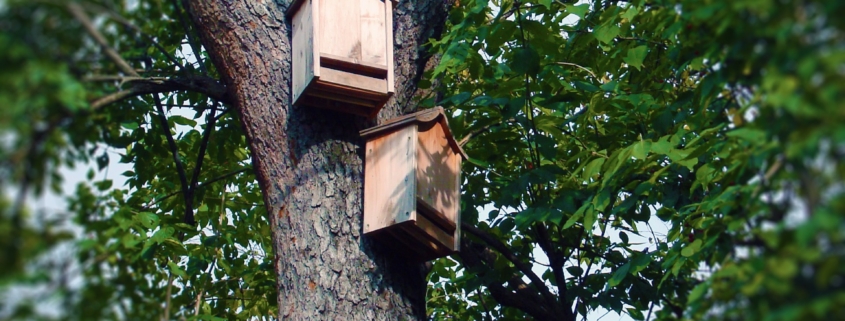Building a Bat Garden
As more Hudson Valley residents become environmentally conscious, their landscaping and gardening habits are increasingly including the wellbeing of the birds and bees in the region. But what about bats?
Bats are such misunderstood animals, bringing about feelings of revulsion and fear. But, in reality, they are incredible creatures that do a lot of good in the world.
Bats 101
Bats are the only mammals that can achieve true flight. While many people compare them to rats, they are more closely related to humans than to rodents. There are about 1,400 species of bats in the world and New York State is home to six species. All bats are protected, some are endangered. Here are just a few bat facts:
- In New York, the most common bat is the little brown bat. The Indiana bat, big brown bat, Northern bat, small footed bat, and the eastern pipistrelle are the other species that make the Hudson Valley their home.
- The majority of bats eat insects. Some bat species also eat nectar and fruit.
- There are only three species of vampire bats and they live in Mexico, Central, and South America where they feed on the blood of livestock such as cattle.
- Bats can consume up to 1,200 insects per hour.
- Bats have an average lifespan of between 20-30 years.
The Good Bats Do
Bats are excellent exterminators. Attracting them to your home will help keep the mosquitoes and other annoying insects at bay. If you keep a vegetable garden, they will also keep harmful insects such as beetles off your plants. In one hour, a single brown bat can eat between 600 and 1,000 flying insects — that’s about 5,000 insects such as mosquitoes, beetles, and stink bugs in a single night.
How to Attract Bats to Your Yard
Bats need just a few simple items to entice them into making a home near your home. Then you and your family can benefit from bats’ extraordinary exterminating services.





